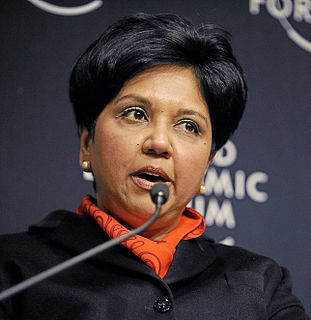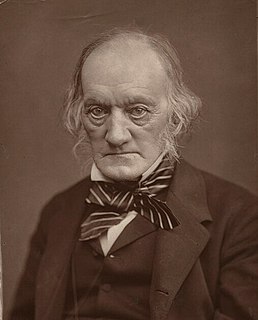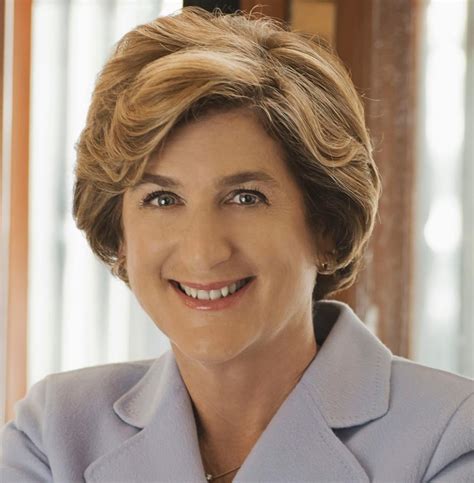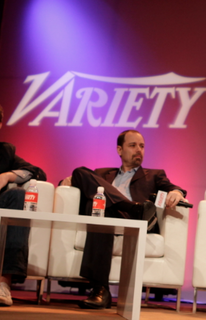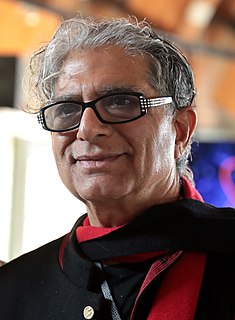A Quote by Sohrab Vossoughi
The companies that get innovation right, again and again, are the ones that feel what their customers feel. That is true user-centered innovation
Related Quotes
Signs usually come in threes. The same book is recommended to you several times within the space of a day, for example. You overhear someone mention the same company three times in a week. Or, you get the same feeling again and again. Notice your feelings. Again, true divine guidance feels safe, even if it does feel intimidating. False guidance feels edgy, shaky - like you're sneaking under the wire. It doesn't feel right.
It's the unlikely juxtaposition of creativity and logic which causes the wooliness and confusion around the term 'innovation'. Everybody wants to be innovative; many companies and ideas are proclaimed to be innovative and no one doubts that innovation is a money spinner. And, thus, we are all looking for the magic formula. Well, here you go: Creativity + Iterative Development = Innovation.
Creativity and innovation are something you can’t flowchart out. Some things you can, and we do, and we’re very disciplined in those areas. But creativity isn’t one of those. A lot of companies have innovation departments, and this is always a sign that something is wrong when you have a VP of innovation or something. You know, put a for-sale sign on the door.
In general, the questions that are on our mind are the same questions that have been driving our work over the past decade. How do we bring order to this messy, unpredictable world of innovation? How can we dramatically improve the chances of creating a successful new-growth business? How can we do this again and again? More specifically, it has become very clear that the fundamental paradigms of market segmentation and branding are badly broken - and we're working on developing more useful theories for these dimensions of innovation.



